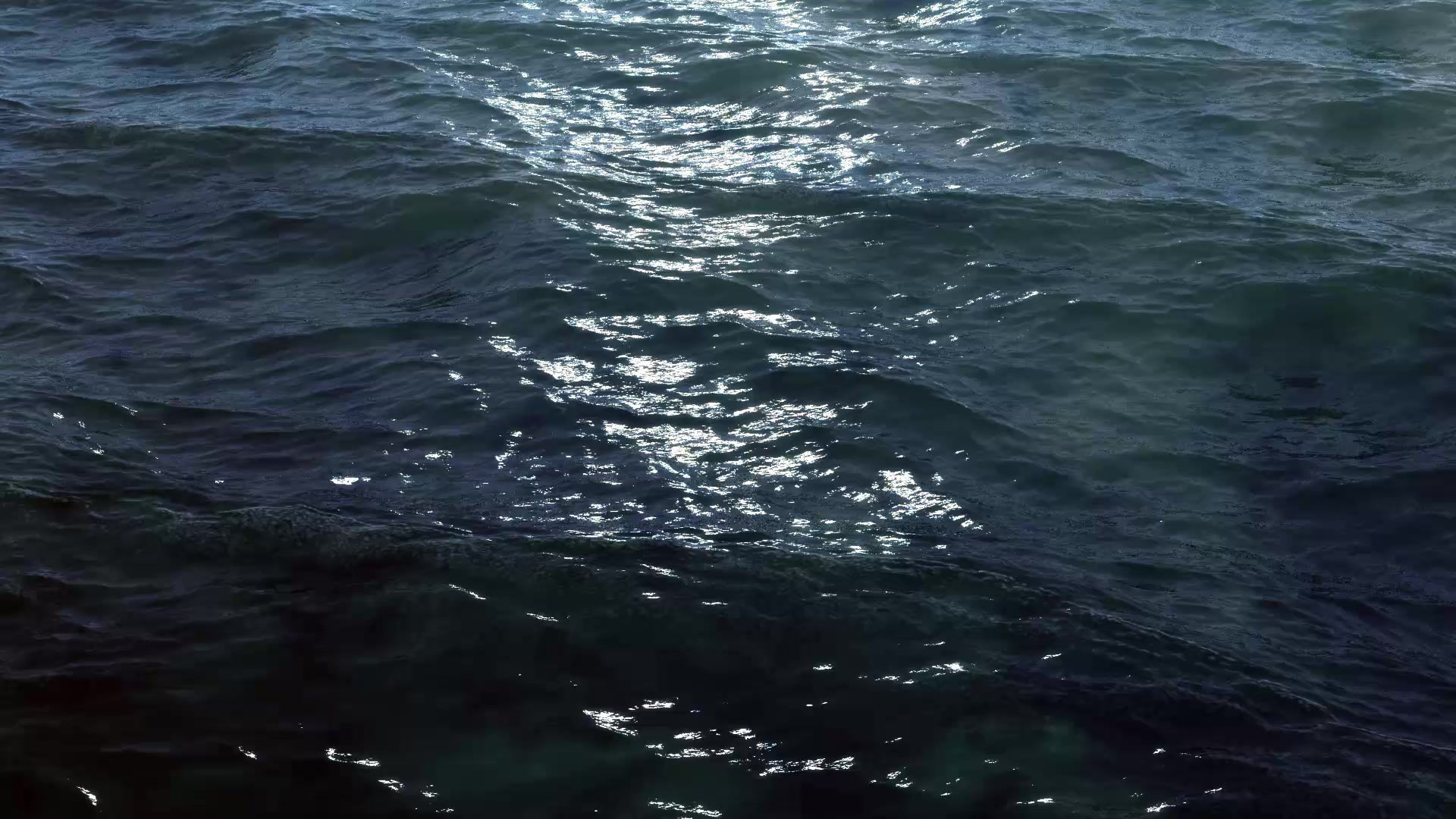Witness the Majestic Humpback Whales in Baja California Sur
- Gabriela Carranza Castillo
- Nov 7, 2024
- 2 min read

When people think of Baja California Sur, they often envision serene beaches, warm weather, and vibrant marine life. One of the most awe-inspiring aspects of this marine world is the annual presence of humpback whales. These magnificent creatures make their way to the region’s warm, nutrient-rich waters every winter, offering an unforgettable spectacle for those fortunate enough to witness it.
Why Do Humpback Whales Migrate to Baja California Sur?
Humpback whales are known for their long migratory journeys, traveling thousands of miles from their feeding grounds in Alaska to the warmer, protected bays of Baja California Sur. The primary reason for this migration is to breed and give birth in a safe, predator-free environment. The calm waters around Baja provide the ideal conditions for mother whales to nurture their calves before embarking on the journey back north.
When to See Humpback Whales in Baja California Sur
The whale-watching season in Baja California Sur typically runs from December to April, with January and February being peak months. During this time, humpback whales are highly active, giving visitors an incredible show of breaching, tail slapping, and other fascinating behaviors. With Baja’s mild winter temperatures, this is one of the best times to visit and enjoy both the sights of these marine giants and the region’s natural beauty.

Behaviors and Characteristics of Humpback Whales
Humpback whales are not only known for their massive size—adults can reach up to 50 feet in length—but also for their acrobatic displays. Here are a few of the unique behaviors you might witness while whale-watching in Baja California Sur:
Breaching: Humpbacks are famous for leaping out of the water, known as breaching. Scientists believe breaching may serve multiple purposes, from communication to removing parasites. Whatever the reason, it's a breathtaking sight.
Tail and Fin Slapping: Humpbacks will often slap their tails and fins against the water's surface, creating loud splashes. This behavior could be a form of communication, a show of dominance, or simply playful.
Spyhopping: Sometimes, humpbacks will raise their heads vertically out of the water, seeming to “peek” above the surface. This behavior, called spyhopping, allows them to observe their surroundings above water.
Why Baja California Sur is Perfect for Whale Watching
The region’s unique geography plays a big role in making Baja California Sur a prime spot for whale-watching. Protected bays, such as Magdalena Bay and the Sea of Cortez, offer ideal, shallow waters where whales can safely birth and raise their young. The nutrient-rich environment attracts a variety of marine life, creating a thriving ecosystem that supports not only the humpback whales but also a rich biodiversity, including dolphins, sea lions, and a wide range of fish species.

Final Thoughts: A Life-Changing Experience
Encountering humpback whales in Baja California Sur is more than just an activity; it’s a humbling experience that brings you face-to-face with one of nature’s most majestic creatures. For anyone visiting Baja California Sur from December to April, whale-watching offers a unique opportunity to connect with the ocean and witness a part of the humpbacks' remarkable life cycle.
Whether you’re a wildlife enthusiast, a photographer, or simply someone seeking a memorable experience, watching humpback whales in Baja California Sur is sure to leave a lasting impression.






Comments